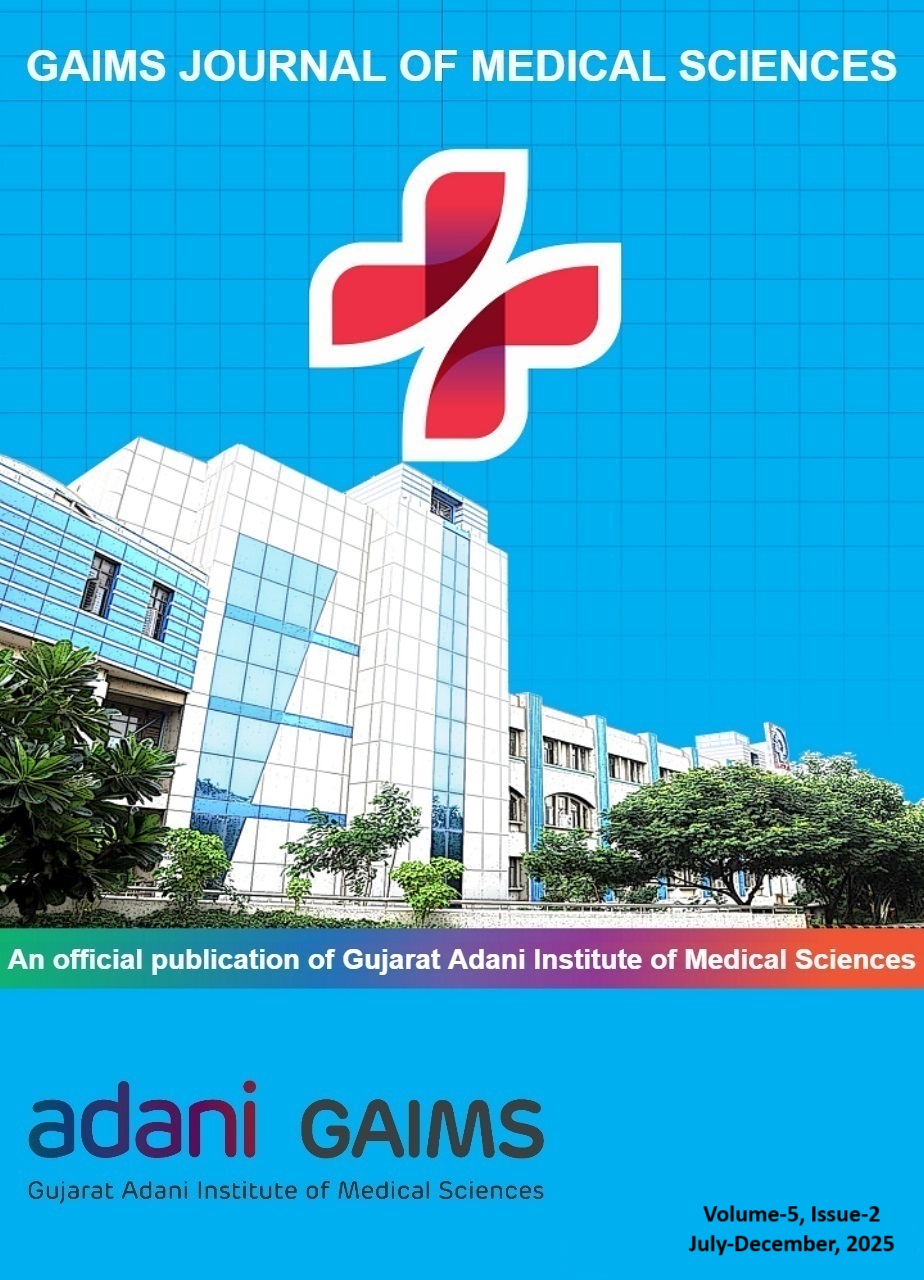Epidemiology and Analysis of Mortality in Tertiary Care Hospital in a Metropolitan City, India: A Record Based Study
Keywords:
Mortality trends, Non-communicable diseases, Seasonal variation, Demographic factorsAbstract
Background: Mortality statistics are essential for understanding population health, guiding public health efforts, and tracking disease trends. In India, reliable mortality data is often insufficiently documented and analyzed, limiting its utility for identifying leading causes of death.
Materials and Methods: A retrospective cross-sectional study was conducted on patient death records from 2018 to 2023 at a tertiary care hospital, excluding incomplete records. Data were analyzed using SPSS version 22.0 and MS-Excel, applying descriptive statistics and Chi-square tests to assess associations at a 5% significance level.
Results: From 2018 to 2023, 9,087 deaths were recorded, with a peak in 2020. Non-communicable diseases had the highest mortality share (52.67%–58.75%), followed by communicable diseases (13.05%–21.25%) and postmortem cases (20.49%–26.43%). The mortality trend was significantly linear (p < 0.0001). Most deaths occurred in adults (15–60 years), with no significant gender association. A shift in disease patterns was noted, with communicable diseases peaking in 2020.
Conclusion: This study highlights non-communicable diseases as the leading cause of mortality, with a 2020 spike in communicable diseases, seasonal variations, and a predominance of adult deaths, emphasizing the need for ongoing monitoring and targeted interventions.
Downloads
Published
Issue
Section
License
Copyright (c) 2025 Vrushali Vishal Kulkarni, Amit Yadav

This work is licensed under a Creative Commons Attribution-NonCommercial-ShareAlike 4.0 International License.








